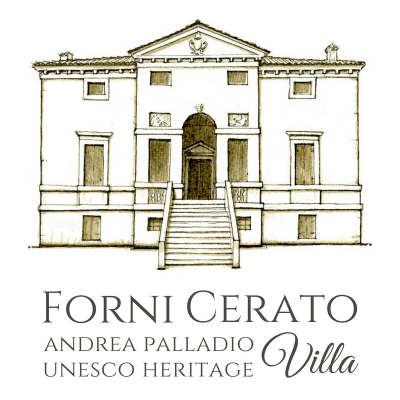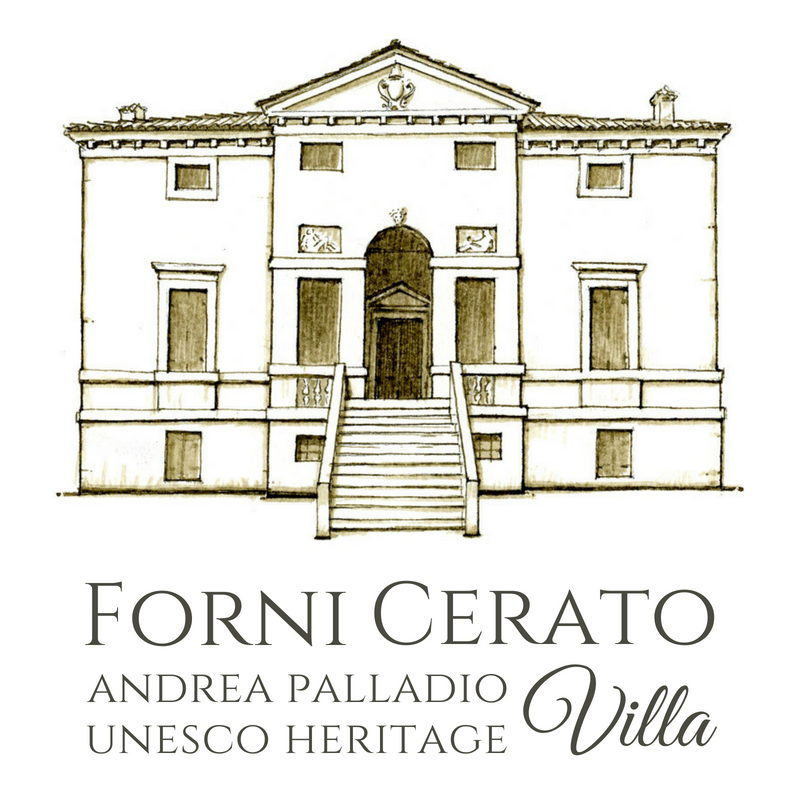Official note on the conservative restoration work
Villa Forni Cerato Foundation is the guarantor of the Manifesto of 9 March 2020 which is published on the homepage. To protect the homonymous World Heritage Monument, it is responsible for the archaeological conservative restoration choices adopted.
The three principles on which it is based are:
1. Do not allow any transformation or reuse. We want to keep the place unchanged for use as a museum of itself, a place of constant research and in-depth analysis, and certainly of continuous new discoveries.
2. Aim for an EXEMPLARY restoration, that is, transparent, documented, imitable, because it must be timid, perennial and participatory.
– SHY, therefore non-invasive, but only conservative; without adding electricity, water or heating. Here no transformation is permitted: a monument has the function of “memory” and “testimony” and the insertion of new functions, small or large, visible or not, modern or classic, could betray it. Nothing of contemporary must remain after the work of conservation of the historical asset. But a 450-year-old property requires structural consolidation, and this necessarily involves invasive activities. It is like a surgical operation carried out by a team of doctors for a very elderly patient: certainly the surgeon insists on transplanting younger internal organs, just as the structural engineer intends to consolidate the static nature of the asset, while the plastic surgeon would like to reconstruct aesthetic functions, eliminating wrinkles which are a natural sign of age; here the only objective is to keep the Monument intact over time, protect it from bad weather or vandalism, and guarantee the safety of the visitor.
– PERENNIAL, so that the Villa is never abandoned to itself again. The restoration aims to bring the object of intervention back to its original appearance, without any haste, freeing it from additions that make the stylistic intent that characterizes it difficult to read. The restoration must be carefully weighed and evaluated, based above all on the importance and documentary and historical value of what is intended to be reconstructed. Any minimal choices we make that may create changes must be well documented and have philological, objective, irrefutable reasons. Since future research may suggest different and better choices than the current ones, it is certain that every detail must always be extensively documented, like a scientific experiment, certifiable and repeatable. Within a dialectic inspired by doubt and therefore by the critical comparison of the different options, it is always necessary to be aware that, when faced with a conservative problem, it is necessary to approach oneself in a non-prejudicial or dogmatic way, avoiding the superposition of theoretical propositions on a constantly changeable and therefore never fit into pre-established typologies. The cognitive elements, critical reflections and experiences accumulated during the work program must be considered the heritage of anyone who cultivates similar interests.
– PARTICIPATORY, work of several experts and never of a single person. There are and will be choices to make, both for conservative restoration and for structural consolidation. The Architect Director of the Works must list the various problems, possibly adding his own solution proposal, so that each participant in the Working Group can propose their own thoughts on the design choice, in a dialectical, confrontational, perhaps even conflictual form . Such observations of the problems must derive from the comparative reading of various studies:
◊ the current state survey
◊ the results of the scientific tests carried out
◊ the results of historical, written or graphic research
◊ the critical literature on Villa Forni Cerato and the works of Palladio.
The members of the Working Group must be able to compare their choices with a Discussion Table, as broad and competent as possible, free from constraints or interests that are not of a cultural nature. Structural engineers, architects, restorers, wood craftsmen, historians, chemists and laboratory physicists, experts in dendrochronology, archaeologists, as well as expert workers will discuss around the table. We want experts to be able to discuss publicly what is right and what is not right to do; only in this way will the Working Group be free to carry out an exemplary conservative restoration.
3. Respect the place as “sacred”, reserved for those who know Palladio and love art, architecture and history. Villa Forni Cerato is a monument not suitable for crowds of tourists and forbidden to “customers”; nothing will be done to attract them with events not compatible with this monument.
Precisely from the delicacy of this monument and from the awareness that there is a duty to pass on its existence, this profound feeling of respect, attention and care originates, which guides the design work.
Ivo Boscardin – President of
Villa Forni Cerato Foundation
07.12.2022
In April 2021, Villa Forni Cerato Foundation published a description of all the preliminary investigations launched in 2018. The scientific fact-finding campaign continues during the course of the work.
In October 2023, Villa Forni Cerato Foundation published the proceedings of the Seminar on “archaeological” knowledge and restoration of a Renaissance building, curated by Ugo Soragni, held on 7 December 2022 at the School of Specialization in Archaeological Heritage of the Department of Cultural Heritage of University of Padua.

